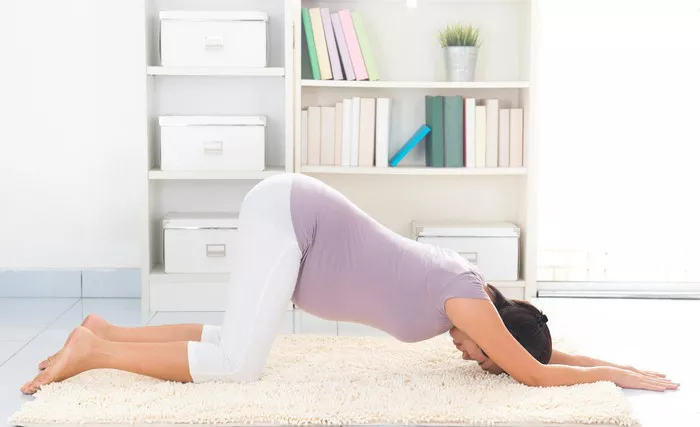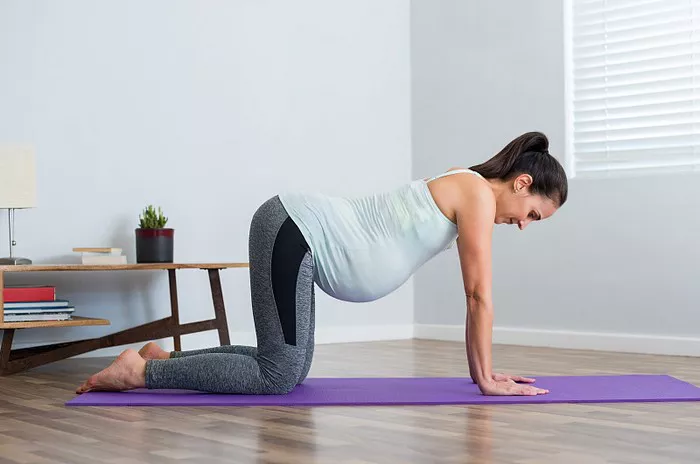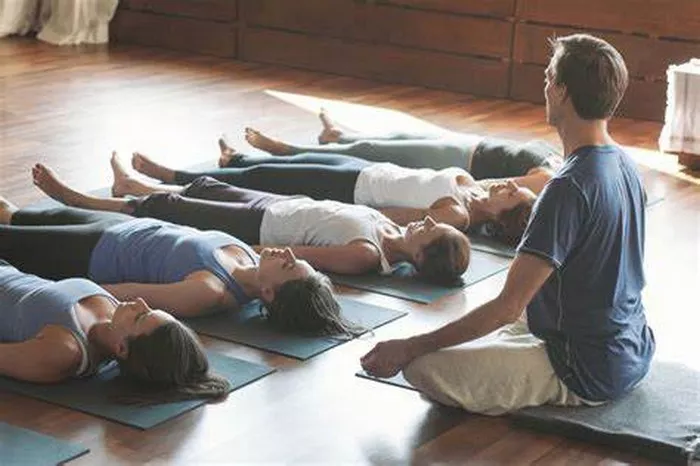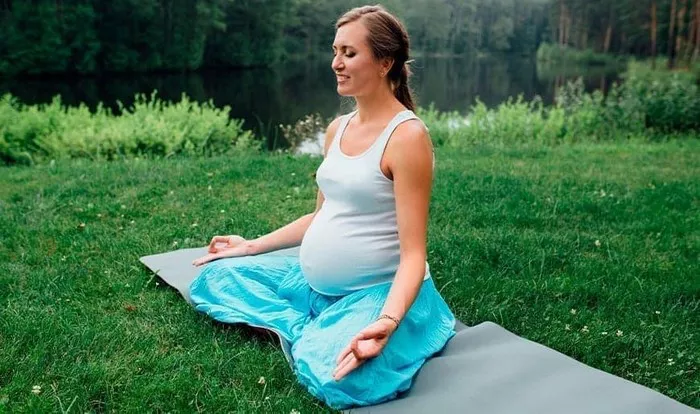Yoga is a practice that bridges the mind and body, offering physical benefits like strength and flexibility, alongside mental clarity and relaxation. One of the most essential tools in yoga is the yoga mat. Whether you’re a beginner or an experienced yogi, the yoga mat plays a vital role in providing comfort, stability, and safety during your practice. Understanding the dimensions of a yoga mat, especially its size in millimeters (mm), is crucial to ensuring you have the right support for your needs.
In this article, we’ll explore the standard size of yoga mats, their variations, and how these measurements can influence your practice. We’ll also touch on factors to consider when choosing a mat and why the right size matters.
The Standard Yoga Mat Size in mm
The standard yoga mat size is typically 1,830 mm in length and 610 mm in width, which translates to 183 cm x 61 cm, or approximately 72 inches x 24 inches. In terms of thickness, standard yoga mats are often around 4 mm to 6 mm thick, providing a balance between cushioning and stability.
Key Dimensions:
Length: 1,830 mm (183 cm)
Width: 610 mm (61 cm)
Thickness: 4-6 mm (0.4-0.6 cm)
This standard size is designed to accommodate most practitioners comfortably. However, individual preferences and specific needs may lead yogis to select mats with alternative dimensions, as discussed later in this article.
Why Are These Dimensions Considered Standard?
The standard size of a yoga mat is based on average human body dimensions. At 183 cm long, the mat provides enough space for most people to lie down fully extended during poses like Savasana (corpse pose) or to move through sequences like Sun Salutations without stepping off the mat.
The width of 610 mm is sufficient for the majority of practitioners to perform seated, supine, and standing poses without their hands or feet extending beyond the mat’s edges. Combined with the appropriate thickness, these dimensions strike a balance between portability, functionality, and comfort.
Variations in Yoga Mat Sizes
While the standard yoga mat size works for many, there are variations available to cater to different needs and preferences. Here are some common alternatives:
Long Yoga Mats
Length: 1,880 mm to 2,130 mm (188 cm to 213 cm)
Designed for taller individuals, these mats ensure ample space for full-body extensions during practice.
Wide Yoga Mats
Width: 660 mm to 800 mm (66 cm to 80 cm)
Ideal for practitioners who prefer extra space for arm and leg movements, especially during expansive poses like Warrior II or Prasarita Padottanasana (wide-legged forward bend).
Extra-Thick Yoga Mats
Thickness: 8 mm to 12 mm
These mats provide enhanced cushioning, making them suitable for individuals with joint sensitivity or those practicing restorative yoga, which involves prolonged poses.
Travel Yoga Mats
Thickness: 1 mm to 2 mm
Travel mats are lightweight and compact, designed for portability. However, their minimal thickness may not provide adequate cushioning for longer sessions.
How to Choose the Right Yoga Mat Size
When selecting a yoga mat, it’s essential to consider your body size, type of practice, and personal comfort preferences. Below are key factors to keep in mind:
1. Your Height
Your mat should ideally be at least 150-200 mm (15-20 cm) longer than your height to allow for unrestricted movement. Taller individuals (over 6 feet or 183 cm) may need a longer mat, such as one measuring 1,930 mm or more.
2. Type of Yoga Practice
Different styles of yoga have varying demands:
Dynamic styles (e.g., Vinyasa, Ashtanga): A standard-size mat with 4-6 mm thickness is ideal for providing stability during rapid movements and transitions.
Restorative or Yin Yoga: Extra-thick mats (8-12 mm) offer better comfort for prolonged poses.
Hot Yoga: Mats with standard dimensions but made from non-slip materials are crucial for safety during sweat-intensive sessions.
3. Portability
If you travel frequently or attend classes outside your home, a lightweight, standard-sized mat (1,830 mm x 610 mm) with moderate thickness (4 mm) strikes a good balance between functionality and ease of transportation.
4. Room Size
For home practice, consider the available space. Larger mats may not be practical in confined areas, making standard-sized mats a more versatile choice.
Thickness and Its Role
The thickness of a yoga mat is another critical dimension that can affect your comfort and performance. Here’s how different thickness levels impact your practice:
1-3 mm (Thin): Best for travel or achieving a firm connection to the floor, enhancing balance in standing poses.
4-6 mm (Standard): Offers moderate cushioning while maintaining stability, suitable for most practices.
8-12 mm (Thick): Provides superior cushioning, ideal for individuals with joint issues or for restorative practices.
Material Considerations and Their Impact on Size
Yoga mats are made from various materials, including PVC, TPE, natural rubber, and cork. The material can influence the mat’s weight, thickness, and overall feel:
PVC (Polyvinyl Chloride): Durable and offers good grip but may feel heavier.
TPE (Thermoplastic Elastomer): Lightweight and eco-friendly, with a soft texture.
Natural Rubber: Heavier but provides excellent traction and cushioning.
Cork: Lightweight and ideal for hot yoga due to its moisture-absorbing properties.
The choice of material can also affect the thickness and flexibility of the mat, indirectly influencing its portability and comfort.
The Importance of Choosing the Right Size
Using a mat that fits your body and practice style is essential for several reasons:
1. Comfort and Support
A properly sized mat provides adequate space and cushioning, reducing strain on joints and ensuring comfort during poses.
2. Stability
Having enough room to move freely minimizes distractions and improves stability, particularly in balancing poses like Tree Pose (Vrikshasana) or Warrior III (Virabhadrasana III).
3. Safety
A mat that’s too small may lead to slips or instability, increasing the risk of injury. Ensuring the right size helps maintain proper alignment and footing.
4. Enhanced Focus
When you’re not worried about stepping off your mat or feeling discomfort, you can focus more on your breath, alignment, and mindfulness.
Care and Maintenance of Yoga Mats
Regardless of the size you choose, maintaining your yoga mat is crucial for longevity and hygiene. Here are some tips:
Clean Regularly: Wipe your mat with a damp cloth or a solution of water and mild detergent. For deep cleaning, follow the manufacturer’s guidelines.
Store Properly: Roll your mat with the practice side outward and store it in a dry, cool place to prevent warping or damage.
Avoid Overstretching: Handle your mat gently to avoid tearing or deforming it, especially thinner mats.
Conclusion
The standard yoga mat size of 1,830 mm x 610 mm x 4-6 mm serves as a versatile and reliable option for most practitioners. However, individual needs such as height, practice style, and portability may lead you to explore alternative sizes or thicknesses.
Choosing the right yoga mat is a personal decision that greatly impacts the quality of your practice. By understanding the dimensions and their significance, you can find a mat that offers the perfect blend of comfort, stability, and convenience, supporting your journey toward physical and mental well-being.
Related Topics:






















